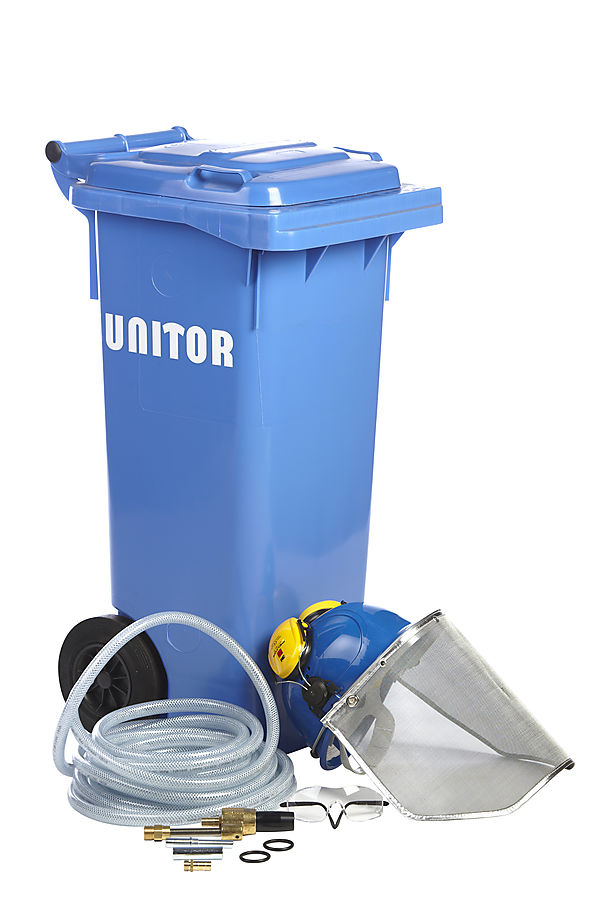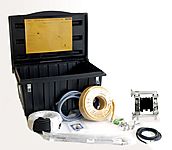In several countries sandblasting is banned. Water blasting combines with abrasive like Garnet is a safer and dust free method. Process speeds can be as fast as conventional dry sand blasting when using the equivalent size and type of media. However, the presence of water between the media and the substrate being processed creates a lubricating cushion that can protect both the media and the surface from excess damage. This has the dual advantage of lowering media breakdown rates and preventing impregnation of foreign materials into the surface. Hence surfaces after wet blasting are extremely clean, there is no embedded secondary contamination from the media or from previous blasting processes, and there is no static cling of dust to the blasted surface. Subsequent coating or bonding operations are always better after wet blasting than dry blasting because of the cleanliness levels achieved.
Abrasive material:
The following dry and pourable blasting agents of grain size 0,1 - 3 mm can be used (optimal grit size: 0,8 - 1,2 mm, grit consumption 2 - 2,5 kg/min).
Silica sand for universal use on quartzose surfaces, burner chamber slag Asilikos, Copper slag, Dolomite for natural stone surfaces, Glass beads for polishing welding seams/stainless steel, Hardwood pellets, maize cob grind for highly sensitive surfaces.














